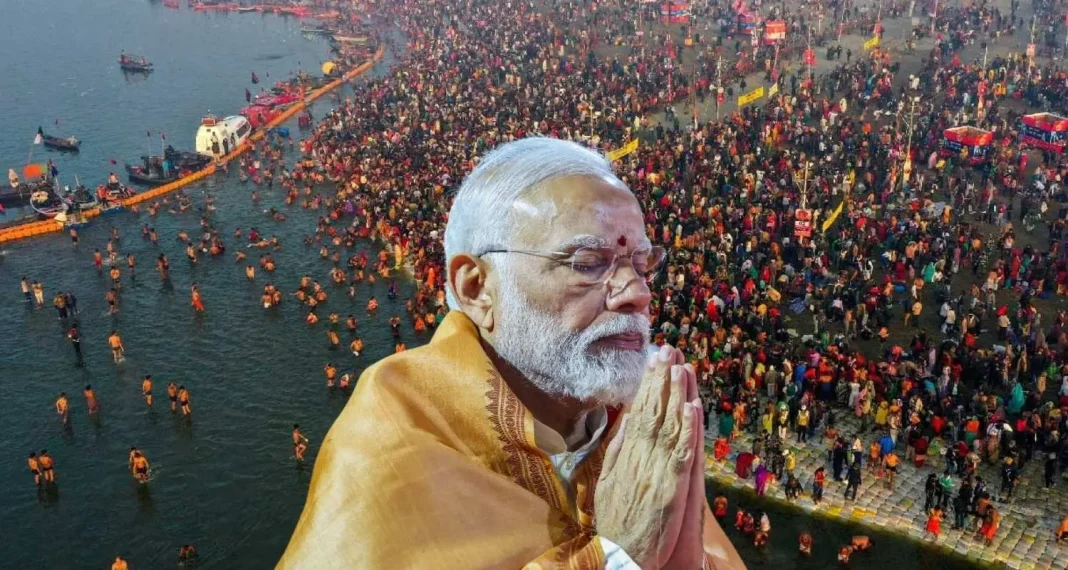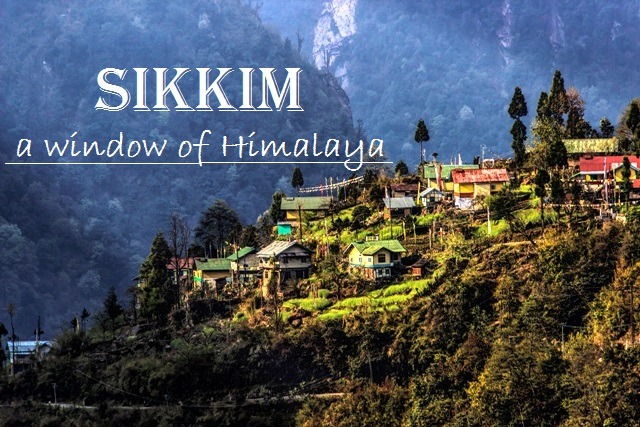The Maha Kumbh Mela, one of the largest and most significant religious gatherings in the world, is currently underway in Prayagraj, Uttar Pradesh, attracting millions of devotees from across the globe. This year’s Maha Kumbh, held after 12 years, began on January 13 and will continue until February 26, 2025. With more than 38 crore pilgrims expected to visit the sacred confluence of the Ganga, Yamuna, and the mythical Saraswati, the event marks a grand celebration of faith, devotion, and cultural heritage.
The Significance of the Maha Kumbh Mela
The Maha Kumbh Mela is not just a religious event; it is a cultural and spiritual phenomenon that draws people of all faiths, backgrounds, and nationalities. Held every 12 years, it is considered the most auspicious time for Hindus to bathe in the sacred waters of the Triveni Sangam, where the Ganga, Yamuna, and the mythical Saraswati rivers meet. The belief is that taking a dip during this time cleanses one of sins and brings spiritual benefits.
The Kumbh Mela is a powerful reminder of India’s rich spiritual and cultural traditions, showcasing the unity of the people in the pursuit of higher consciousness. The gathering is not only about religious rituals but also about cultural exchanges, showcasing performances, rituals, and discussions that highlight the diversity of India’s heritage.
Prime Minister Modi’s Visit to the Maha Kumbh
On February 5, 2025, Prime Minister Narendra Modi visited the Maha Kumbh Mela and took a holy dip at the Triveni Sangam. The Prime Minister, dressed in a traditional deep orange jersey and blue flowers, held rudraksha beads as he performed the bathing ritual. Accompanied by Uttar Pradesh Chief Minister Yogi Adityanath, Modi took a boat ride to the Sangam, where he was greeted by thousands of devotees gathered along the banks.
During his visit, Modi expressed his feelings of being “blessed” to be at the Maha Kumbh, stating that the Snan (holy dip) at the Sangam was a moment of divine connection. He shared his experience with his followers on X (formerly Twitter), expressing his gratitude for the opportunity to participate in this holy event and wishing for peace, wisdom, good health, and harmony for all. His visit was marked by a special ritual where he performed an ‘aarti’ offering milk and flowers to the holy rivers, symbolizing reverence and gratitude.
Rituals and Traditions at the Maha Kumbh Mela
The rituals at the Maha Kumbh Mela are deeply symbolic, steeped in centuries of tradition. Pilgrims from across India and beyond gather to perform the sacred bath, known as the ‘Amrit Snan,’ which is believed to purify the soul. The ritual involves offering prayers, chanting mantras, and immersing oneself in the waters of the Triveni Sangam, which is said to be blessed by the divine presence of the gods.
For many, the Kumbh Mela is not just about seeking spiritual purification but also about connecting with the community. It is an opportunity to meet like-minded individuals, exchange stories, and learn from spiritual leaders and gurus who gather from different parts of the country. The Mela also features numerous religious discourses, cultural programs, and exhibitions that bring people together in a celebration of India’s diverse spiritual practices.
Security and Management of the Maha Kumbh
Given the sheer scale of the event, security at the Maha Kumbh Mela is of utmost importance. With over 38 crore pilgrims expected to attend, the Uttar Pradesh government has taken extensive measures to ensure the safety and well-being of the participants. Security personnel, volunteers, and medical staff are deployed across the site to manage crowds and provide assistance. The presence of multiple entry points, health camps, and emergency services ensures a smooth experience for the devotees.
Special arrangements have been made for VIP visits, as demonstrated by Prime Minister Modi’s visit. Though the prime minister’s visit required some security protocols, it did not disturb the ongoing rituals of the pilgrims, allowing them to continue their holy dips at the ghats. The seamless coordination of logistics and security has been vital to maintaining order during the event.
The Spiritual and Cultural Impact of the Maha Kumbh
The Maha Kumbh Mela is more than just a religious gathering; it is an embodiment of the spirit of unity, devotion, and cultural diversity. The event serves as a reminder of the importance of spiritual practice and connection with nature. It also provides a platform for cultural exchange, where various traditions, art forms, and rituals are shared, bringing together people from all walks of life.
For those who cannot attend in person, the Maha Kumbh Mela is extensively covered in the media, allowing people around the world to experience its grandeur. The use of technology, such as live streams and virtual participation, has made it easier for individuals to feel connected to this sacred event from the comfort of their homes.
The Maha Kumbh Mela 2025 is a momentous event that brings millions of people together in the pursuit of spiritual growth and cultural understanding. The visit of Prime Minister Modi further underscores the significance of this gathering as a symbol of India’s religious and cultural unity. As the Mela continues, it serves as a reminder of the importance of faith, tradition, and community in our lives. For those who are able to participate, it is an experience that will stay with them for a lifetime, filled with devotion, divine blessings, and a deep connection to India’s rich spiritual heritage.



